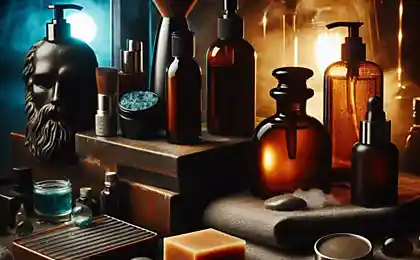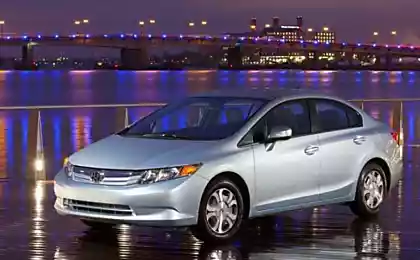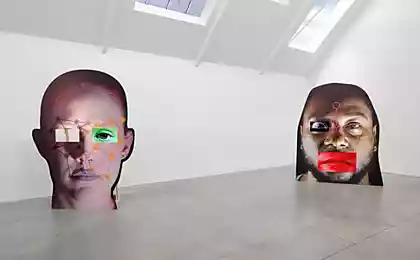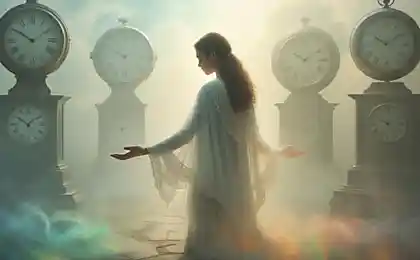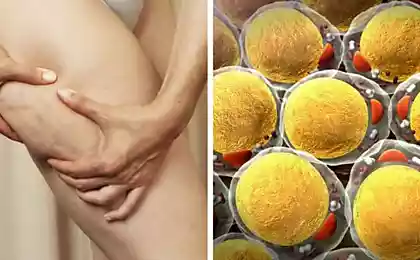749
This is shocking: Women's Health in Europe of the recent past
It is widely known in which unsanitary conditions of the Middle Ages people lived. But few who imagines some hygienic problems hiding well as fanciful rococo dresses and romantic appearance heroines of the beginning of XIX century ...
Such air and beauty had no idea about the many benefits of civilization, familiar to us. It is hard to even imagine what difficulties they had in everyday life on the part of care and associated health ... What some 150-200 years ago to cope with the smell of sweat was very difficult, and regular washing of intimate places was considered the cause of infertility!
< br>
So soak up some water in the hot? The women of the past centuries it is a pleasure not dream ... Yes, by the way, many of them for anything, and would themselves have not agreed to go into the bath!
Washed Europeans crane reluctantly believed that water penetrates into the pores of the infection, the body weakens and pick up phthisis ...
It was believed that by frequent washing - nothing but trouble, and even the possible injury ...

That literally had to persuade doctors to their patients. For example, Friedrich Biltz in the late XIX century exhorts the Germans in his book "New natural treatment»:
«There are people who, in truth, did not dare to swim in the river or in the bath, for never were since childhood in water. The fear that is unfounded. After the fifth or sixth baths you can get used to it. »
Earlier even monarchs bathed everything in a couple of times in my life: so in the XV century. Isabella was aware of what was cleaned only twice: at birth and before the wedding. Louis XIV was forced to swim doctors, but wash it and it terrified sworn never to do it ...
Until the eighteenth century, only rinsed his hands and mouth area. Regularly wash your entire face is not advised doctors - believed that it threatens inflammation or loss of vision
. But to the XIX century it took a bath in the main due to illness - if their doctor has prescribed. Hot or cold, with the addition of salts to the minute ... And so treated by washing hands and face, well, sometimes even rubdown with a damp towel.
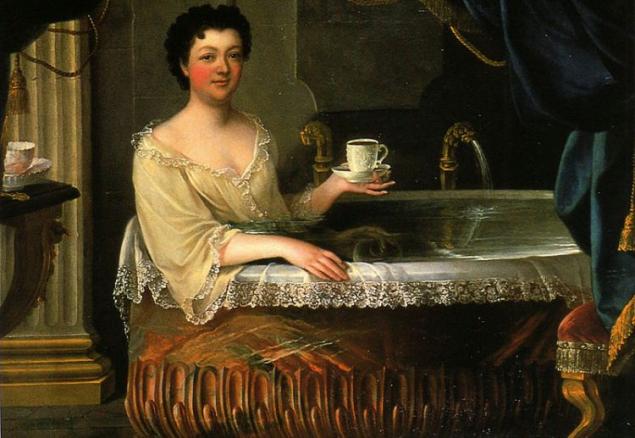
But were popular scented herbal infusions, rose water, pads with dried herbs in clothes ...
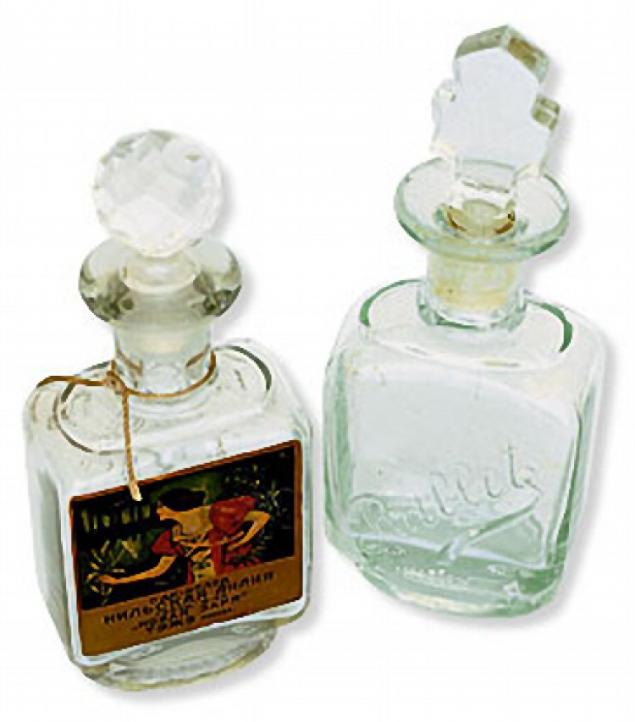
Spirits, by the way, in the days of Louis XIV even been prescribed by royal decree! Without them appear to the court is not allowed to - I had something to drown out the "flavors" of unwashed aristocrats ...

And until the middle of the nineteenth century, when finally established the role bacteria and dirt in the development of diseases, regular bathing was taking a massive scale.
Nevertheless, the women before the start of the twentieth century. advised not to get involved in washing intimate areas - it supposedly makes them infertile
. Worse washing could be only a book! Doctors argued that a particularly dangerous reading - as well as other, God forbid, mental activity - for women during the critical days when over-voltage is dangerous for the moral health ...

By the way, the same spirits interrupted, of course, unpleasant body odor, corseted gowns and tight multilayer fabrics, but do not eliminate it completely.

Only in 1888 finally came up with a way to fight it is with the smell of sweat and deodorant released first. However, it would seem inefficient to us ... Until antiperspirant, which would cut down sweating, guessed only by 1903.
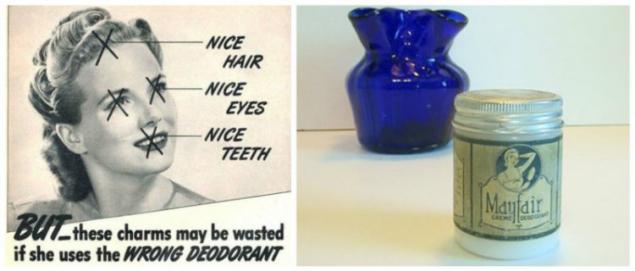
Entered in the XVIII century in the grand fashion hairstyles were very time-consuming: the hair in them stacked professional hairdresser for several hours. To flaunt enough with such beauty, like the Tower of Babel or the ship's color, beauty and slept some on special supports for hairstyles. Naturally, this artwork is not dismantled for weeks or months.
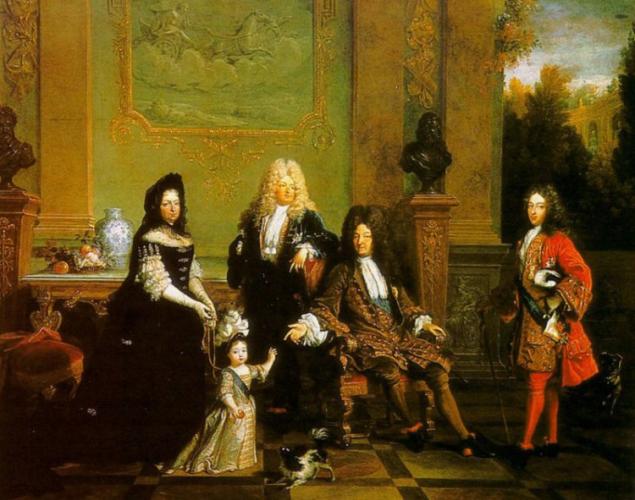
Well, it is not surprising that these works became a hotbed of biting fowl, if not turned into a mouse nest))) Here in the Middle Ages Spaniard rubbed against hair lice garlic. A daughter of one of the kings of France, even killed by their own lice.

Well, in order to scratch your head, at the great lady had a special wand ... And if it came to washing - soap treated. Sometimes - especially for the hair ... It was as if something else could help here
!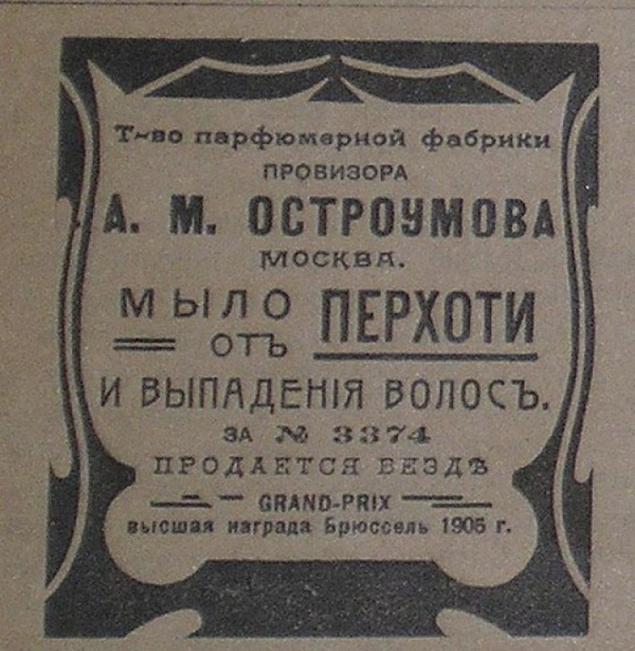
We used also different home remedies: ash, mustard and so on. Shampoo, which allowed how to wash your hair and make them shiny and elastic, came up only towards the end of the XIX century.
Silk vests, incidentally, appeared precisely because of their slippery fabric could not hold on lice and fleas. This helped wealthy ladies underwear to protect themselves from blood-suckers.

Up until the 1920s women, especially notable, appearing in public only in a closed clothes. Therefore, the hair on the body, they do not touch.

That soap to maintain the beauty of the ladies in the XIX century produced enough, and different varieties ...
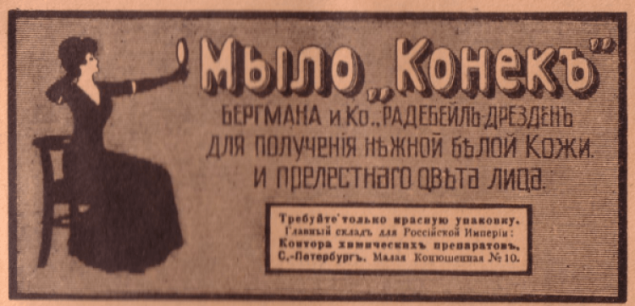
Naturally, there are no ready-made disposable hygiene products for critical days it was not for sale. Women had to use a piece of cloth or felt special. Not rich had these improvised laying wash and dry.
Our usual toilet paper, too, has not been in Europe ... It is in China it began to produce more in the VI century! And already in 1391 for the emperor and his court, according to the chronicles, it was specially produced about 750 000 pages of hygiene. Europeans are surprised the first time met her in 1857, a businessman from Germany. And like a modern - soft rolls, and started producing only v1890 year in the United States. Until then, as the toilet paper used the means at hand, mainly newspapers ...
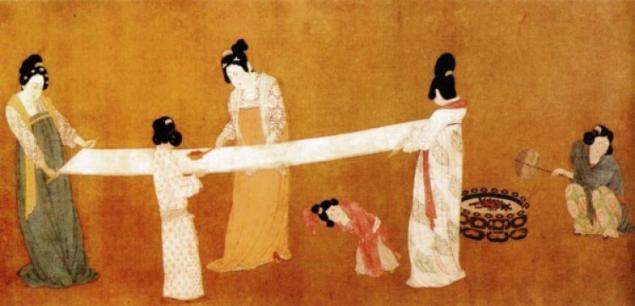
Yes, indeed, be beautiful in those days it was not easy!
Loading ... Loading ... Loading ...
Liked? Share with your friends!
Loading ... Loading ...
Such air and beauty had no idea about the many benefits of civilization, familiar to us. It is hard to even imagine what difficulties they had in everyday life on the part of care and associated health ... What some 150-200 years ago to cope with the smell of sweat was very difficult, and regular washing of intimate places was considered the cause of infertility!
< br>

So soak up some water in the hot? The women of the past centuries it is a pleasure not dream ... Yes, by the way, many of them for anything, and would themselves have not agreed to go into the bath!
Washed Europeans crane reluctantly believed that water penetrates into the pores of the infection, the body weakens and pick up phthisis ...
It was believed that by frequent washing - nothing but trouble, and even the possible injury ...

That literally had to persuade doctors to their patients. For example, Friedrich Biltz in the late XIX century exhorts the Germans in his book "New natural treatment»:
«There are people who, in truth, did not dare to swim in the river or in the bath, for never were since childhood in water. The fear that is unfounded. After the fifth or sixth baths you can get used to it. »
Earlier even monarchs bathed everything in a couple of times in my life: so in the XV century. Isabella was aware of what was cleaned only twice: at birth and before the wedding. Louis XIV was forced to swim doctors, but wash it and it terrified sworn never to do it ...
Until the eighteenth century, only rinsed his hands and mouth area. Regularly wash your entire face is not advised doctors - believed that it threatens inflammation or loss of vision
. But to the XIX century it took a bath in the main due to illness - if their doctor has prescribed. Hot or cold, with the addition of salts to the minute ... And so treated by washing hands and face, well, sometimes even rubdown with a damp towel.

But were popular scented herbal infusions, rose water, pads with dried herbs in clothes ...

Spirits, by the way, in the days of Louis XIV even been prescribed by royal decree! Without them appear to the court is not allowed to - I had something to drown out the "flavors" of unwashed aristocrats ...

And until the middle of the nineteenth century, when finally established the role bacteria and dirt in the development of diseases, regular bathing was taking a massive scale.
Nevertheless, the women before the start of the twentieth century. advised not to get involved in washing intimate areas - it supposedly makes them infertile
. Worse washing could be only a book! Doctors argued that a particularly dangerous reading - as well as other, God forbid, mental activity - for women during the critical days when over-voltage is dangerous for the moral health ...

By the way, the same spirits interrupted, of course, unpleasant body odor, corseted gowns and tight multilayer fabrics, but do not eliminate it completely.

Only in 1888 finally came up with a way to fight it is with the smell of sweat and deodorant released first. However, it would seem inefficient to us ... Until antiperspirant, which would cut down sweating, guessed only by 1903.

Entered in the XVIII century in the grand fashion hairstyles were very time-consuming: the hair in them stacked professional hairdresser for several hours. To flaunt enough with such beauty, like the Tower of Babel or the ship's color, beauty and slept some on special supports for hairstyles. Naturally, this artwork is not dismantled for weeks or months.

Well, it is not surprising that these works became a hotbed of biting fowl, if not turned into a mouse nest))) Here in the Middle Ages Spaniard rubbed against hair lice garlic. A daughter of one of the kings of France, even killed by their own lice.

Well, in order to scratch your head, at the great lady had a special wand ... And if it came to washing - soap treated. Sometimes - especially for the hair ... It was as if something else could help here
!

We used also different home remedies: ash, mustard and so on. Shampoo, which allowed how to wash your hair and make them shiny and elastic, came up only towards the end of the XIX century.
Silk vests, incidentally, appeared precisely because of their slippery fabric could not hold on lice and fleas. This helped wealthy ladies underwear to protect themselves from blood-suckers.

Up until the 1920s women, especially notable, appearing in public only in a closed clothes. Therefore, the hair on the body, they do not touch.

That soap to maintain the beauty of the ladies in the XIX century produced enough, and different varieties ...

Naturally, there are no ready-made disposable hygiene products for critical days it was not for sale. Women had to use a piece of cloth or felt special. Not rich had these improvised laying wash and dry.
Our usual toilet paper, too, has not been in Europe ... It is in China it began to produce more in the VI century! And already in 1391 for the emperor and his court, according to the chronicles, it was specially produced about 750 000 pages of hygiene. Europeans are surprised the first time met her in 1857, a businessman from Germany. And like a modern - soft rolls, and started producing only v1890 year in the United States. Until then, as the toilet paper used the means at hand, mainly newspapers ...

Yes, indeed, be beautiful in those days it was not easy!
Loading ... Loading ... Loading ...
Liked? Share with your friends!
Loading ... Loading ...
Boybendy 90: Human Resources, which is better to forget
What hides the Stone Giants of Easter Island
